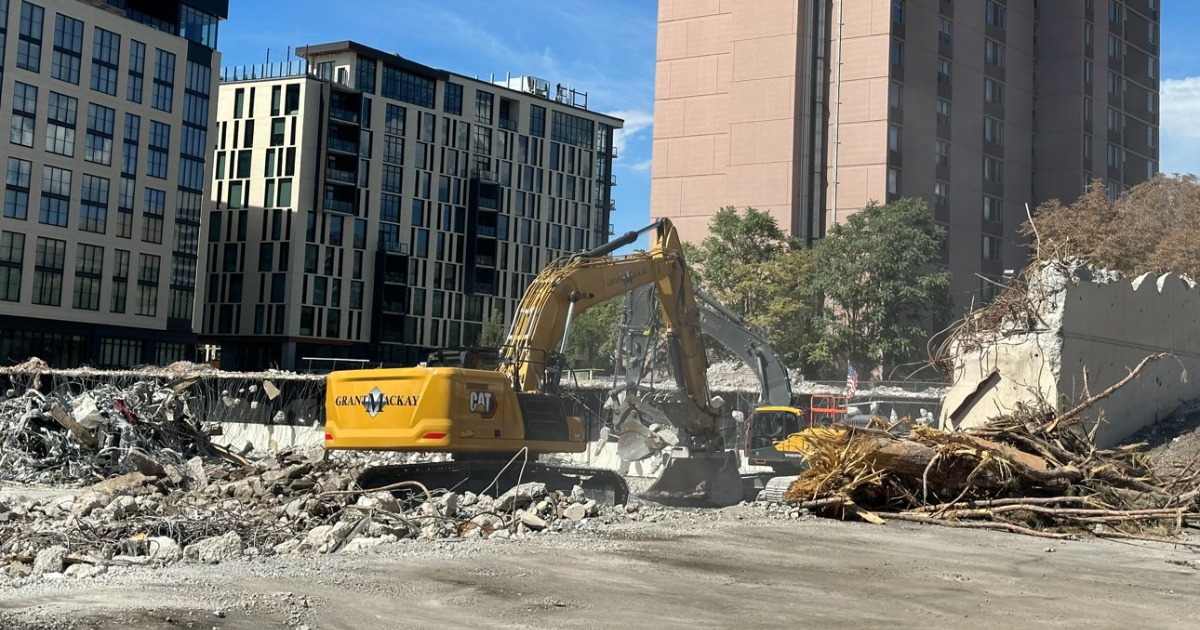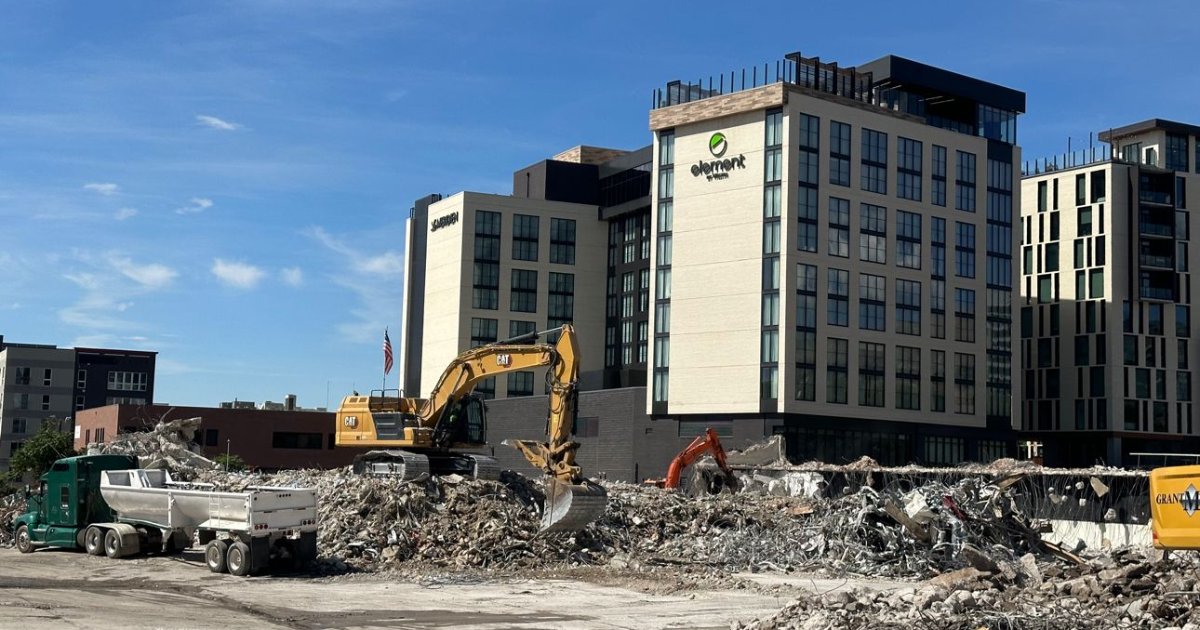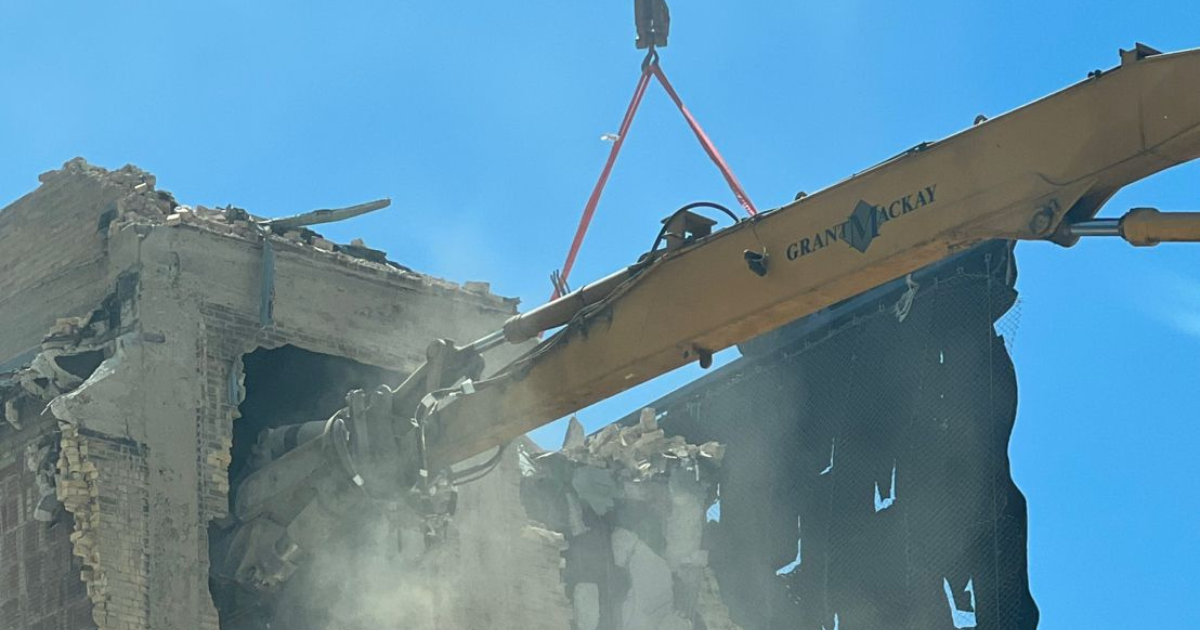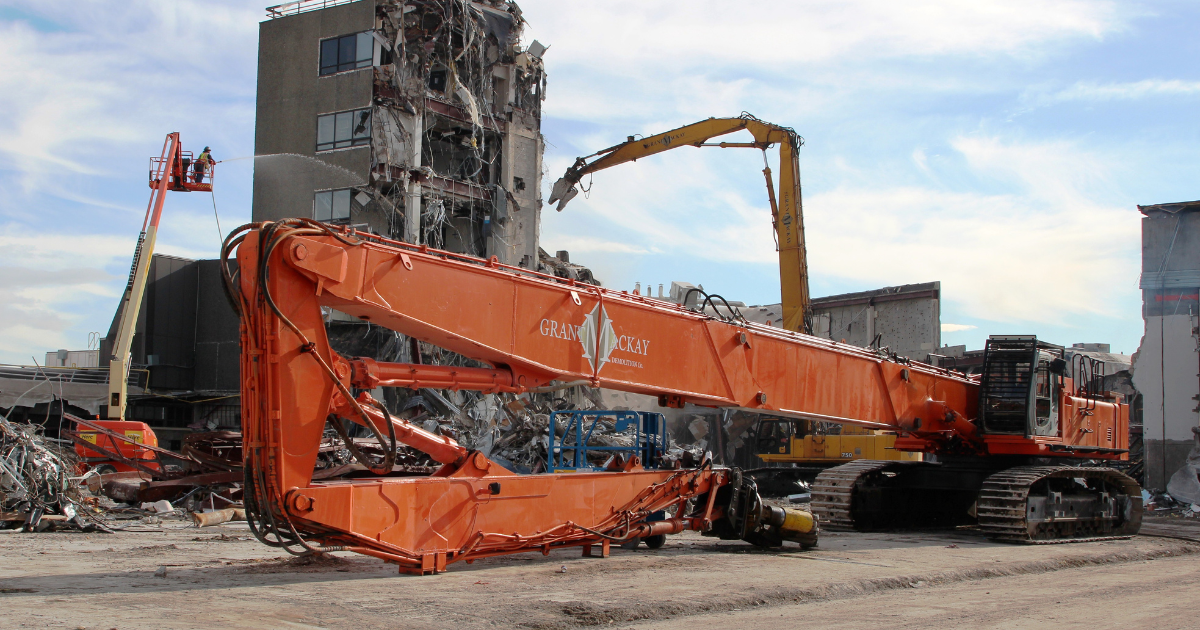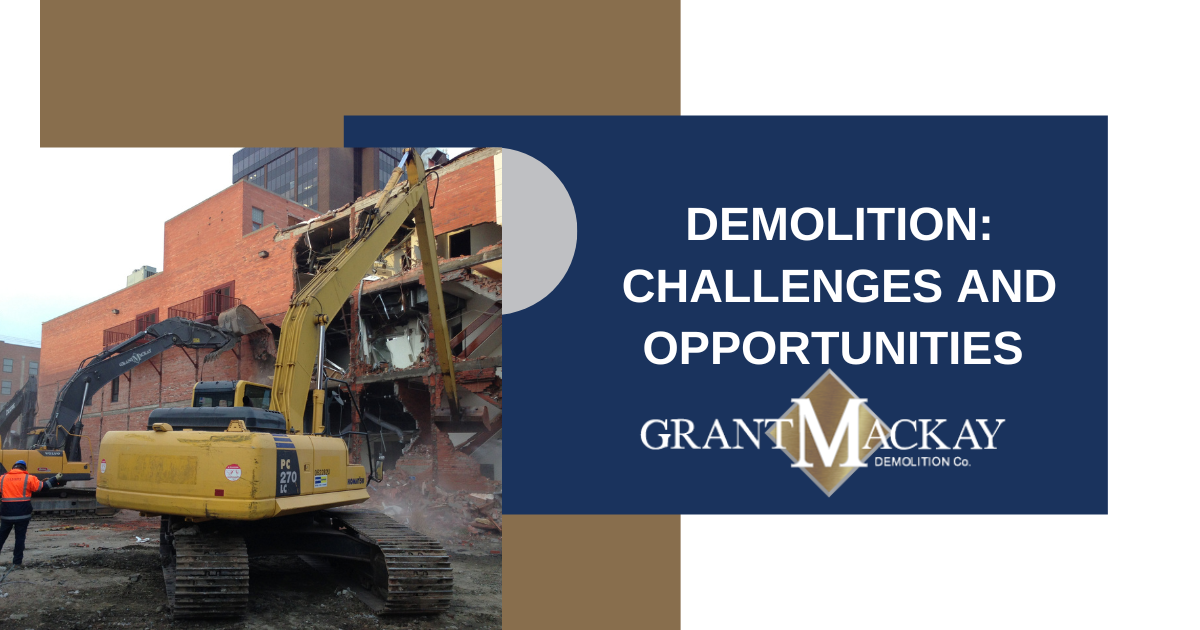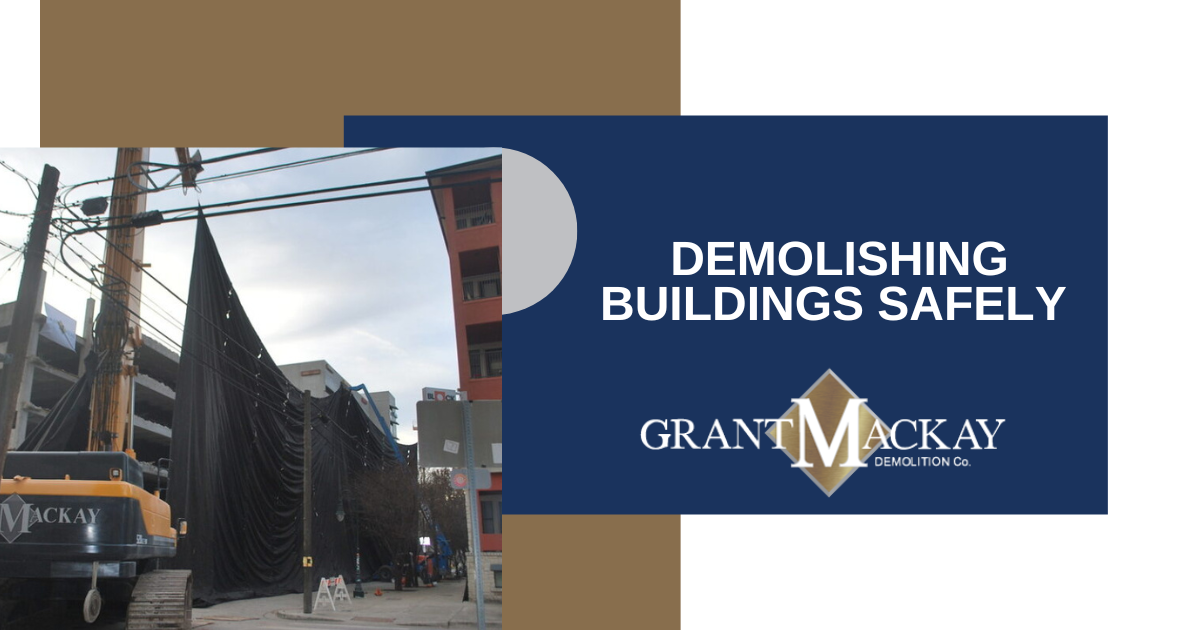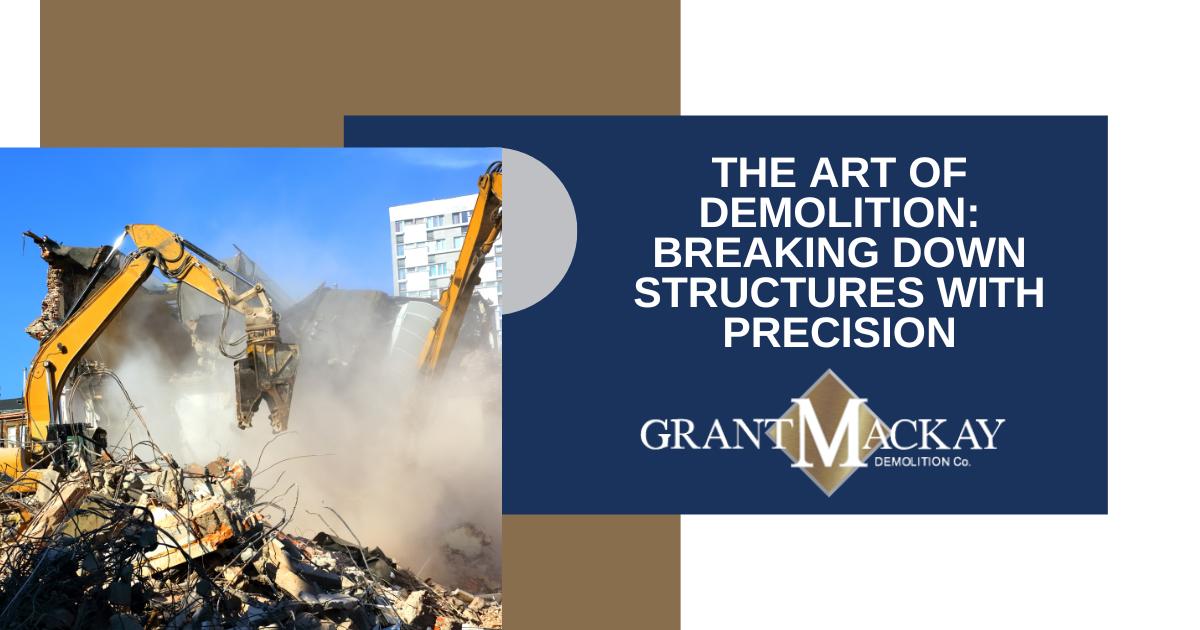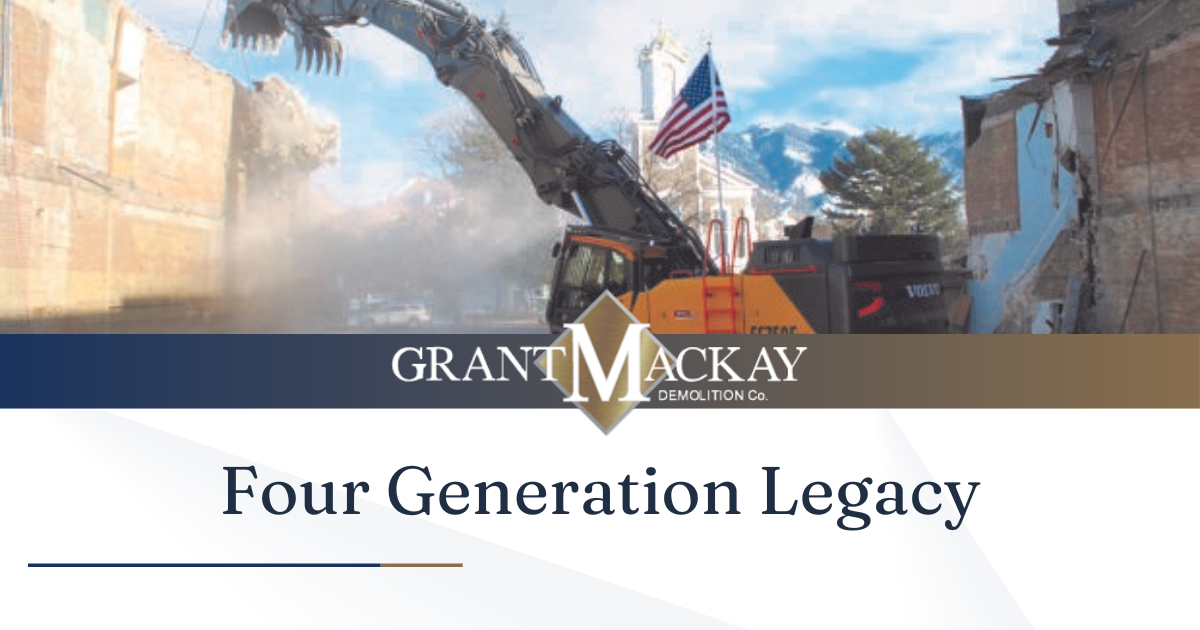It is essential to strike a balance between preservation and practicality, as some buildings may require extensive repairs
As cities evolve and grow, the preservation of architectural heritage becomes a critical challenge. It requires a delicate balance between the demolition of deteriorating structures and the restoration of historically significant buildings. Achieving this balance ensures that cultural value, historical significance, and sustainability are considered in urban development
Preservation of Cultural Value
Architectural heritage plays a vital role in defining a city's identity and cultural heritage. These structures hold stories of the past, reflecting the artistic, aesthetic, and historical aspects of a society. Preserving such structures allows future generations to connect with their roots and understand the evolution of their cities. However, it is essential to strike a balance between preservation and practicality, as some buildings may require extensive repairs or pose safety risks.
Challenges in Preservation
One of the primary challenges in preserving architectural heritage is the conflict between restoration and demolition. While restoration aims to maintain the original integrity of a structure, demolition is often seen as a quicker and more cost-effective solution. However, demolishing historic buildings erases an invaluable part of a city's history and cultural fabric. Striking a balance between these two approaches is crucial to ensure the preservation of architectural heritage.
Balancing Sustainable Development
Sustainable development is another critical factor to consider when preserving architectural heritage. The restoration of historic buildings often requires substantial resources, including energy and materials. Finding ways to minimize the ecological impact of restoration projects is essential to achieve a sustainable balance. This can involve using renewable energy sources, implementing energy-efficient technologies, and adopting eco-friendly construction practices.
Community Engagement and Participatory Approach
In preserving architectural heritage, it is vital to involve the local community and stakeholders. Engaging with residents, experts, and organizations can provide valuable insights and ensure that preservation efforts align with community values. A participatory approach allows for a holistic view of the challenges and helps identify practical solutions that strike a balance between demolition and restoration.
Government Policies and Incentives
Government policies play a crucial role in promoting the preservation of architectural heritage. Implementing legislation that protects historic buildings and offers incentives for their restoration encourages property owners and developers to consider restoration options. Tax benefits, grants, and streamlined approval processes can incentivize individuals and organizations to invest in preserving architectural heritage.
Preserving architectural heritage is a complex task that requires a delicate balance between demolition and restoration. While demolition may seem like a convenient solution, it erases the cultural fabric and historical significance of a city. On the other hand, restoration ensures the continuity of architectural traditions and the preservation of cultural value. By considering sustainability, community engagement, and government policies, we can strike the right balance and create cities that embrace their past while embracing the future.
